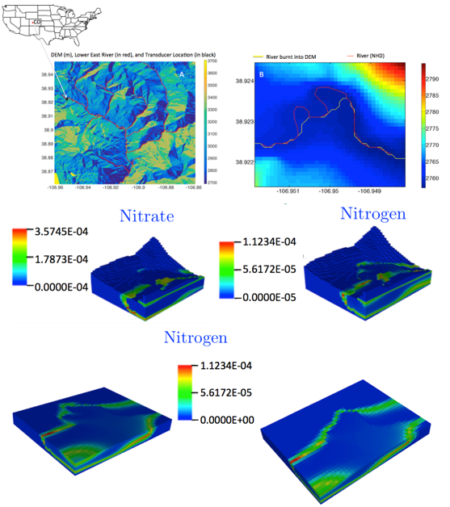
Fig. 1. (A) Lower East River catchment characterized by mountainous to rolling topography with multiple meanders; (B) DEM with 10 m resolution (solid yellow line) failed to capture meanders; however DEM and NHD dataset (solid red line) were able to mark exact locations of meanders.
Fig. 2. Nitrogen transformation in the hyporheic zone of two meanders of the lower East River.
Fig. 3. The extent of the hyporheic zone (on the right) is smaller when the high resolution NHD dataset is not used.
Scientific Achievement
We investigated the effect of redox gradients on nitrogen transformation in the subsurface by integrating a complex reaction network into PFLOTRAN, which is an open source, massively parallel, three-dimensional, reactive flow and transport code.
Significance and Impact
We evaluated how hyporheic exchanges and hydro-geomorphological characteristics together show varying levels of denitrification potential within two active meanders of the lower East River catchment in southwestern Colorado.
Research Details
- The meander driven hyporheic exchanges increase denitrification rates because of relatively longer residence times in the organic carbon-rich sediments.
- High-resolution data such as NHD provide an efficient strategy to correctly delineate meanders with computational tractability.
Citation
Dwivedi, D., C.I. Steefel, B. Arora, and G. Bisht (2017), Impact of intra-meander hyporheic flow on nitrogen cycling, Procedia Earth and Planetary Science, 17, 404-407, doi: 10.1016/j.proeps.2016.12.102.
